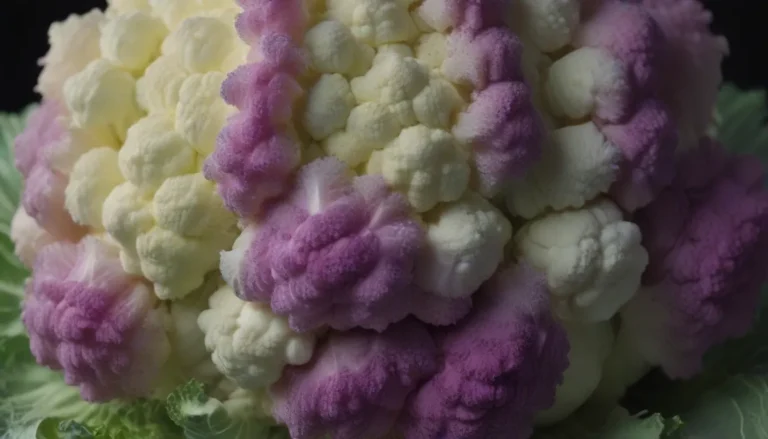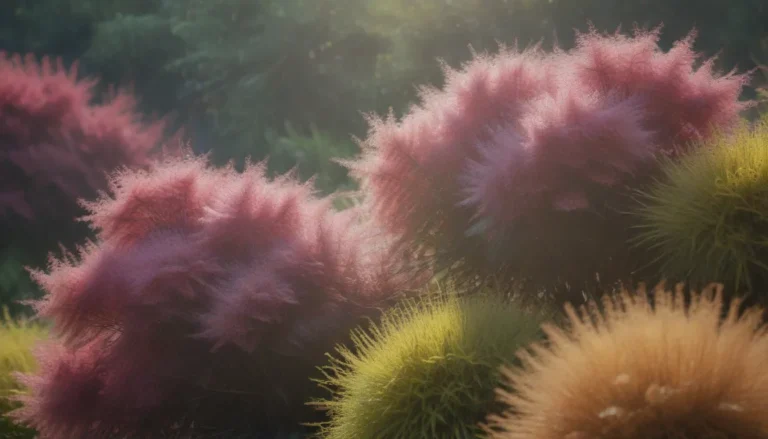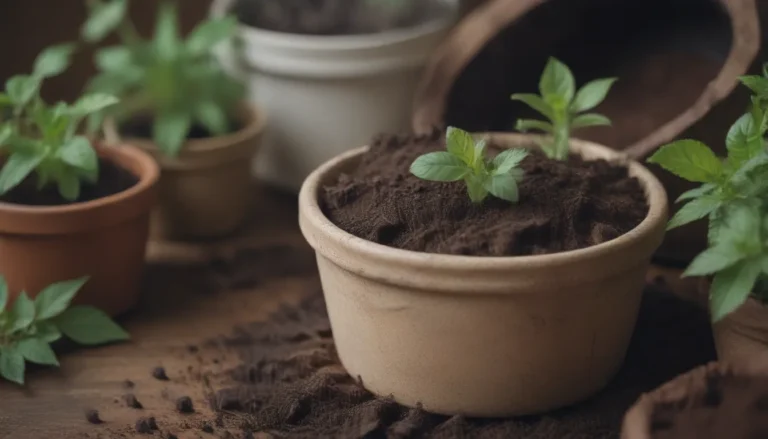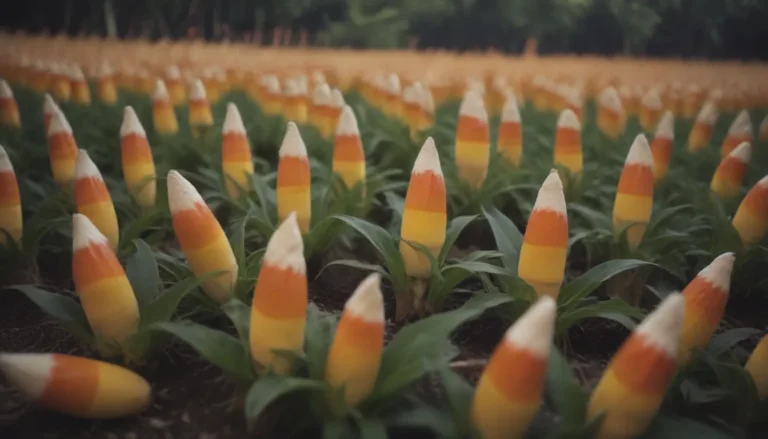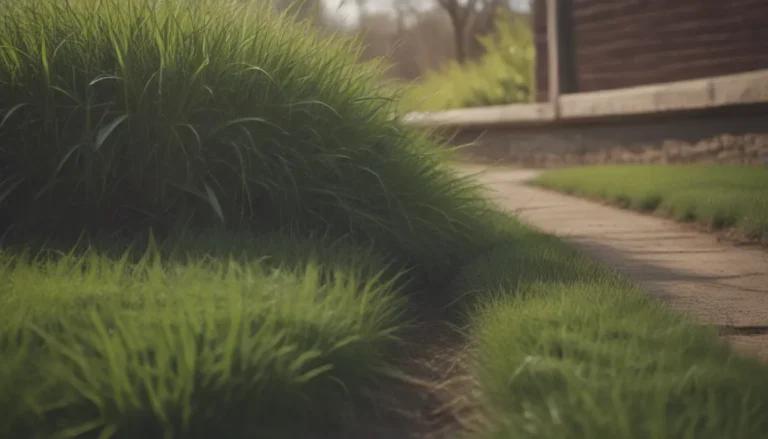The Ultimate Guide to Growing and Caring for Weeping Fig Trees
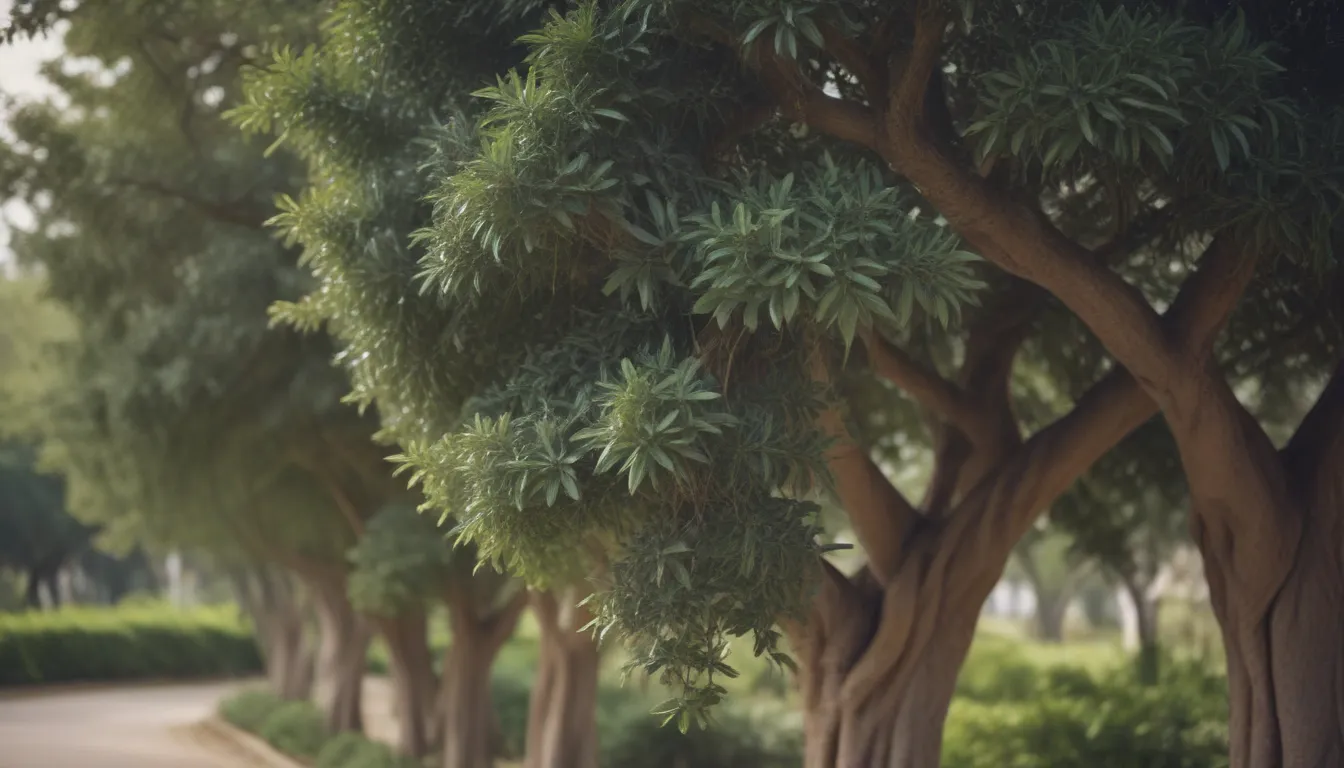
Weeping fig trees, also known as Ficus benjamina, are a popular choice for indoor plants due to their elegant appearance and relatively easy care requirements. If you’ve ever wanted to add one of these stunning trees to your home or office space, you’re in luck! In this comprehensive guide, we’ll cover everything you need to know to successfully grow and care for a weeping fig tree.
Getting to Know the Weeping Fig Tree
Weeping figs are large, broadleaved evergreen trees that thrive in tropical and subtropical climates. While they can grow outdoors, they are more commonly found as houseplants or in interior commercial landscaping. These trees are known for their longevity, with some living for up to 50 years.
Common Names for Weeping Fig:
- Ficus Tree
Key Features of Weeping Fig Trees:
- Longevity: 20 to 50 years
- Toxicity: Toxic to humans and pets
How to Care for Your Weeping Fig Tree
To ensure your weeping fig thrives and remains healthy, it’s important to meet its basic care needs, including proper lighting, soil, water, temperature, humidity, fertilizer, pruning, propagation, potting, and more.
Light:
- Requires bright, indirect sunlight
- Tolerates some direct sun in the morning
- Needs consistent lighting conditions to avoid leaf drop
Soil:
- Use a fast-draining potting soil
- Soil does not need to be high in nutrients or organic matter
- Consider perlite, sand, and vermiculite for improved drainage
Water:
- Keep soil consistently moist
- Avoid allowing the plant to sit in water
- Be mindful of watering schedule and consistency
Temperature and Humidity:
- Nighttime temperatures: 65-70°F
- Daytime temperatures: 75-85°F
- Maintain high humidity levels
- Use a humidifier to regulate humidity indoors
Fertilizer:
- Heavy feeders that need regular fertilization
- Feed with slow-release pellets in the growing season
- Supplement with magnesium and manganese if needed
Types of Weeping Fig Trees
There are several varieties of weeping fig trees, including F. benjamina, F. elastica, and F. lyrata. Each variety has its own unique characteristics and growth habits.
Pruning Your Weeping Fig Tree
Regular pruning is essential to maintain the health and appearance of your weeping fig tree. Trimming is necessary to prevent the plant from touching the ceiling, control its size, and promote healthy growth. Remember to use sterilized, sharp pruners to prevent the spread of diseases.
Propagating Weeping Fig Trees
Weeping fig trees can be easily propagated from cuttings, even without rooting hormone. Take cuttings in the spring for the best results. Most indoor plants will not fruit or yield seeds, so propagation through cuttings is the most common method.
Potting and Repotting Your Weeping Fig Tree
A healthy weeping fig tree is a fast-growing plant that may require repotting annually. Be sure to use well-draining soil and repot in the early spring for optimal results. Weeping fig trees can be grown in various forms, including standards, topiary, braided standards, houseplants, and bonsai.
Overwintering Your Weeping Fig Tree
While weeping fig trees are typically houseplants, they can benefit from spending time outdoors during the summer. Be sure to bring the plant indoors before the weather turns cold to prevent stress from temperature fluctuations.
Common Pests and Plant Diseases
Weeping fig trees can be susceptible to common pests such as aphids, mealybugs, scale, and spider mites. Use insecticidal soap or natural remedies to treat infestations. Additionally, be aware of bacterial diseases like crown gall, which can be prevented through proper sanitization practices.
Common Problems with Weeping Fig Trees
Leaves Falling Off:
- Common issue due to stress
- Adjust care routine to prevent leaf drop
Leaves Turning Yellow:
- Indicative of root rot
- Improve soil drainage and adjust watering schedule
Conclusion
Growing and caring for a weeping fig tree can be a rewarding experience, as these elegant trees add beauty and greenery to any space. By following the tips and guidelines outlined in this guide, you can ensure that your weeping fig thrives and flourishes for years to come.
Remember, each plant is unique, so pay attention to its individual needs and be prepared to make adjustments as necessary. With proper care and attention, your weeping fig tree will bring joy and beauty to your home or office for many years.
Happy gardening!
